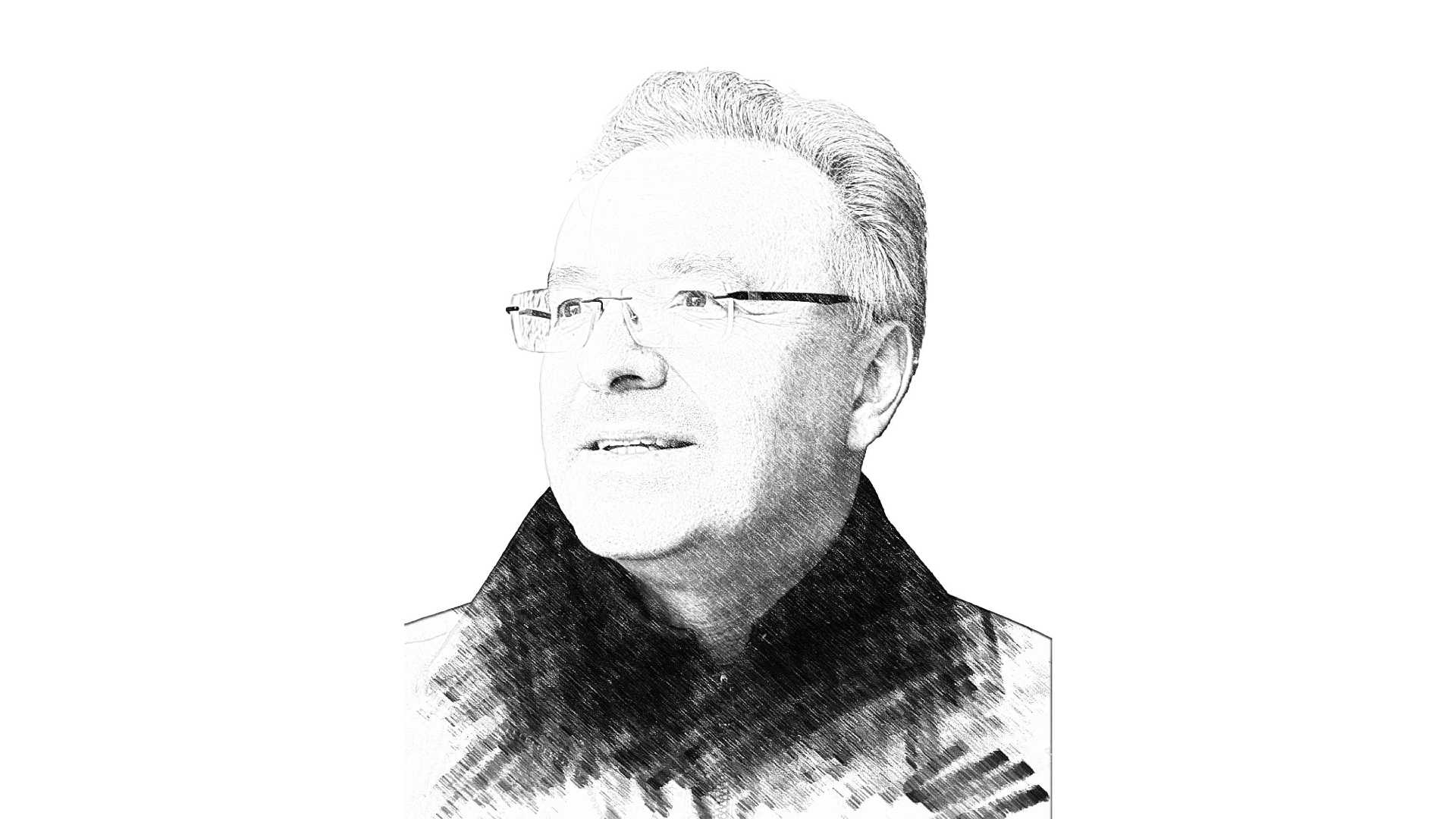By early 2024, the leading Estonian data collection and analysis agency, Kantar Emor , had completed an integration monitoring study for the year 2023 (in Estonian here). One part of the study dealt with how people who had immigrated to live in Estonia since 2013 were fitting (or not) into Estonian society. An article on this topic was written by one of the study’s authors, Jaanika Hämmal, M.A., in the March 9th, 2024 edition of Postimees. The study covered three groups: men and women who were citizens of European Union (EU) countries and had moved to Estonia, those who had come to Estonia from countries outside of the EU, and war refugees from Ukraine.
It also crosses my mind how many of the immigrants from outside of the EU are from countries like Syria, Sudan, and Afghanistan, with which Estonia would compare very favourably. Food for thought.
Täismahus artikkel on loetav Eesti Elu tellijatele
Igal nädalal toome me sinuni kõige olulisemad kogukonna uudised ja eksklusiivsed lood uutelt kolumnistidelt. Räägime eestlastele südamelähedastest teemadest, kogukonna tegijatest ja sündmustest. Loodame sinu toele, et meie kogukonna leht jätkuks pikkadeks aastateks.
Hind alates $2.30 nädalas.




